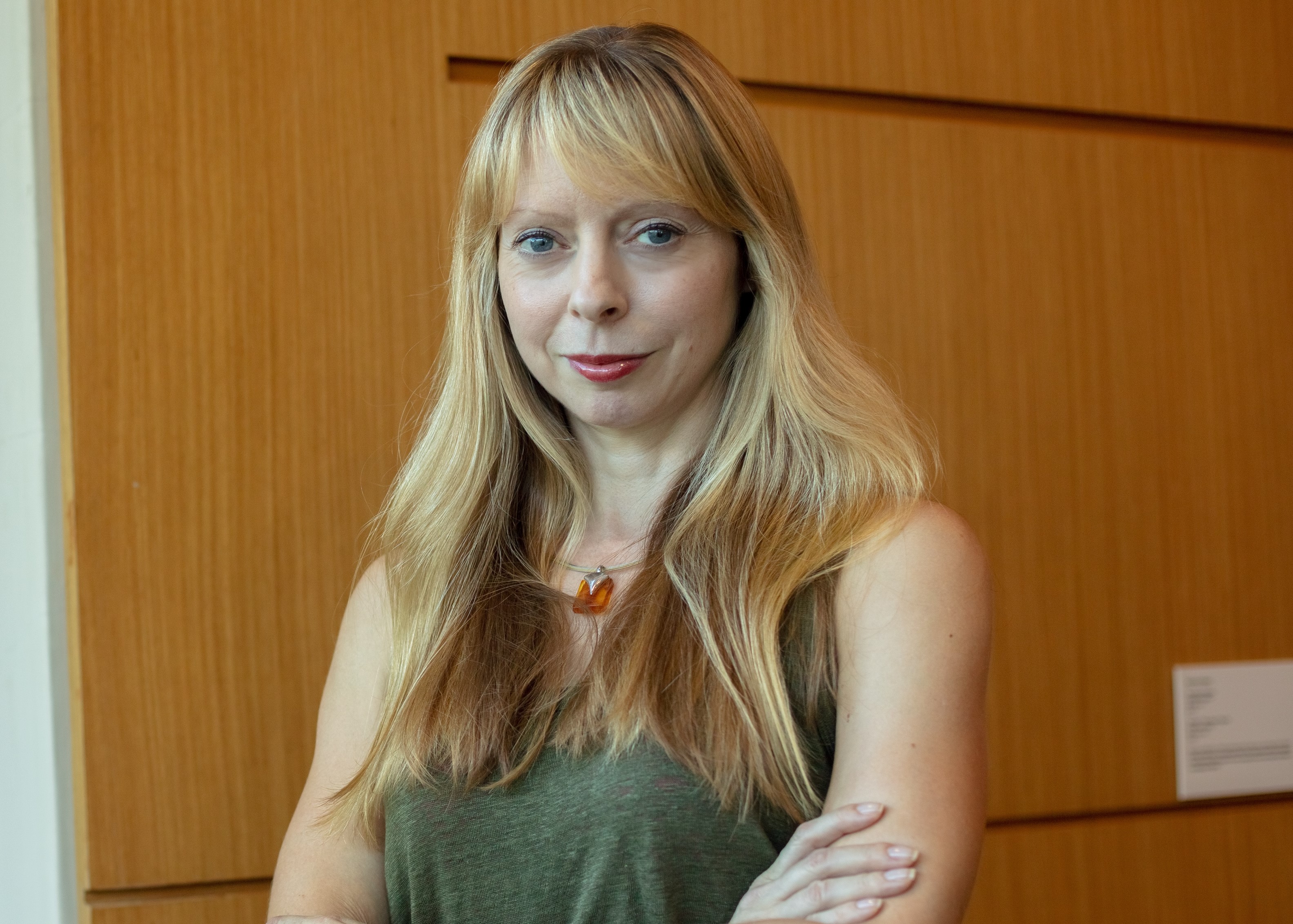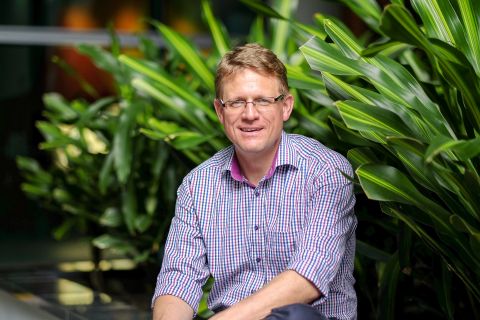
By Grace Segran
SMU Office of Research & Tech Transfer – Remember the unusual heavy rainfall and flooding on the cusp of 2021 and you had to pull on a sweater because the temperature dropped to 21 degrees Celsius? That was the La Nina phenomenon and it feeds directly into the work of SMU Assistant Professor Fiona C. Williamson.
Studying long-term records of extreme weather is a captivating exercise for Professor Williamson. She spent her time as a research assistant looking at the weather log books spanning 200-300 years that the East India Company kept onboard their ships. She now teaches environment and empire science, and climate history and society.
“Studying the history of extreme weather leads to multidisciplinary work such as climate modeling over the long-term. It is one of the ways we link history to modern day climate projections,” she told the Office of Research and Tech Transfer.
“Besides looking at the instrumental stuff, I look at environmental history through the social scientist’s lens to think about modern challenges such as how societies have evolved because of their particular climates,” she adds.
The research interests of the Assistant Professor of Science, Technology and Society at the SMU School of Social Sciences and Office of Core Curriculum lie in the environmental history of Singapore, British Malaya, and Hong Kong, and the wider history of climate, climate change, and extreme weather. She also works on inter-disciplinary projects with scientists and geographers on the Urban Heat Island (UHI) Effect, the recovery of historical observational weather data for climate modelling, and the history of nature-induced disasters in Asia.
Climatic impact on colonial cities
Professor Williamson’s recently published article on water history, “Climate and Its Impact on Colonial Cities, Especially How the Weather Shaped Culture and Society," examines the 1877 drought of exceptional magnitude that affected major towns of the Straits Settlements – Singapore, George Town, and Malacca. The drought’s natural instigator was the El Niño phase of the El Niño Southern Oscillation (ENSO), a climatic phenomenon which also features the opposite La Niña phase that caused the heavy rainfall in the first few days of 2021 in Singapore.
The 1877 event has been explored in some depth for countries including India, China, and Australia. Its impact on Southeast Asia, however, is less well-known and the story of how the event unfolded in Singapore and Malaysia has not been told until now.
“This paper explores how the contemporary British government responded to the drought, arguing that its impact on hydraulic management was at best minimal, yet it did have impact on other areas such as forest preservation with the hope of preserving future rainfall,” Professor Williamson explains. “It also highlights how, in contrast to studies on urban water plans in other British Asian colonies, the colonial authorities in the Straits Settlements had a far less coherent and meaningful relationship with water in their town-planning schemes.”
The drought, observes Professor Williamson, resulted in at least six months of water scarcity and had a massive impact on society. Her main finding was that the government did not do much about managing water until the 20th century.
“It had to do with resources as the local British government was not well-funded despite the hyperbole about the wealth of the empire,” she opines. “Water and water management were funded from taxes paid by the wealthy few as the majority of people in Singapore were poor.”
The MacRitchie Reservoir Project, for example, took about 50 years to develop as it suffered from massive underfunding. When it was finally completed, it was not running all the time; only a certain number of hours a day, Professor Williamson recounts. “Hence, the other main finding from this research was that although it did not do much by way of inspiring better water management, it did initiate a lot of scientific thinking about the causes of drought.”
Value of historical data
A recent collaborative hydrological processes article published by Professor Williamson entitled, “Flood mortality in SE Asia: Can palaeo-historical information help save lives?” demonstrates the value of historical data.
“The article is a general comment piece on how historical data can be used to help improve a lot of modelling for flood mitigation,” says Professor Williamson. “The lessons from this article could be applied to any time period, if there is enough information.”
The main takeaway from the article is that there is a need to improve predictions in Southeast Asia through models for things like flood magnitude, scale, frequency, and intensity, and climate change, in general.
“Let’s take climate change, for example. If you have a good density of data going back say 200 years, you're going to have a much better model, which means that you have much better predictive analysis for the future,” she argues. “For this flood article, the better incorporation of palaeo flood information gives you better reconstructions of events. That can be then projected into future models as well.”
Interdisciplinary projects
Professor Williamson is involved in several multidisciplinary projects such as the Ministry of Education Academic Research Funding (AcRF) Tier 2 and Tier 3 projects looking at using historical data to think about the past, present, and future, as well as the UHI Effect.
“We're looking at how urban heat affects islands over time from the scientific perspective i.e. how temperatures have changed over around two-hundred years, as well as how heat affects urban inhabitants from historical, social, and cultural perspectives,” she says. The key cities for this project include Singapore, Hong Kong, Wuhan and New Delhi.
She is also working on sea-level rise with the Earth Observatory Singapore at Nanyang Technological University (NTU), and on typhoons with Hong Kong University. The projects are all based on the same principle of using historical data to think about frequency, intensity, and magnitude, and predicting extreme weather in the future.
“I'm involved in so many projects because I'm probably one of the few people in Singapore working on environmental historical data at the moment. I've been able to get weather records, for example, that go back to the 18th and 19th centuries and I am trying to build a consistent database of daily records of temperature, rainfall, sea-levels, tides, floods, and droughts,” she points out.
“At the moment, I’m working with academics. But a lot of what we do on the academic projects does go into informing policy. So I would say that in the grand scheme of things, it probably would go into papers that might be read by policymakers ultimately.”
Back to Research@SMU Feb 2021 Issue
See More News
Want to see more of SMU Research?
Sign up for Research@SMU e-newslettter to know more about our research and research-related events!
If you would like to remove yourself from all our mailing list, please visit https://eservices.smu.edu.sg/internet/DNC/Default.aspx

